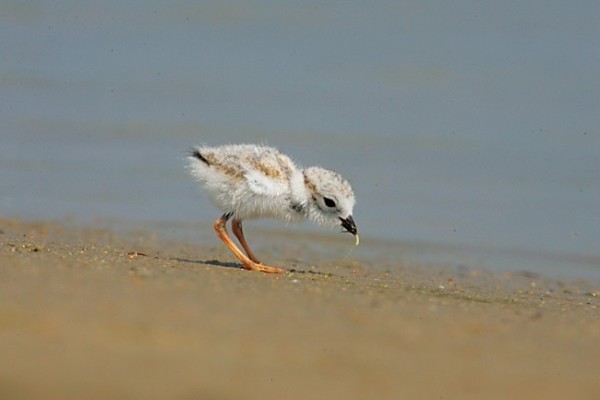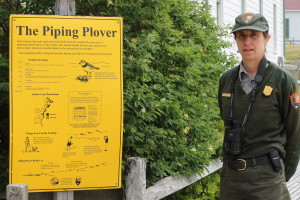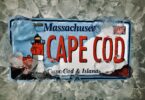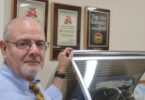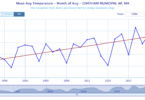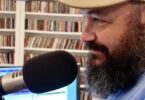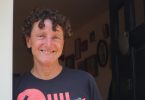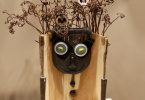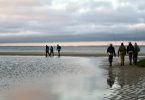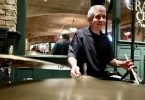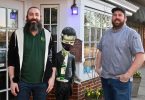EASTHAM – I wanted to interview a piping plover. I had questions. But the only piping plover I saw was behind a “symbolic fence” of twine on its own private stretch of beach. The piping plover wanted nothing to do with me, or my questions.
So, on Coast Guard Beach, recently rated the seventh best beach in the United States, this little bird had its own nice plot of prime real estate where knuckleheads like me are not allowed. Frankly, I was jealous. Plus I didn’t get my interview.
So I turned to my guide, Mary Hake, resource management specialist at the Cape Cod National Seashore, who took on the role of spokesperson for the piping plover, and perhaps for part of humanity. (Here is a National Park Service photo essay about piping plovers)
“Sometimes I ask myself, why do I bother?” said Hake. “I bother because I care. It’s our responsibility to care. I will do whatever I can protect these animals that cannot speak for themselves. And the reality is that protecting them will indirectly help in our own survival.”
“They don’t taste like chicken, they taste like pork,” said Hake, in response to a question about the bumper sticker, “Piping Plover: Tastes Like Chicken.”
“They don’t even have their facts right,” said Hake, with a laugh, about those who oppose giving so much of the beach to the bird.

